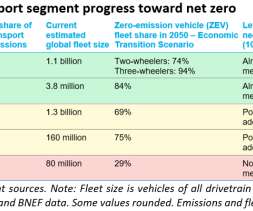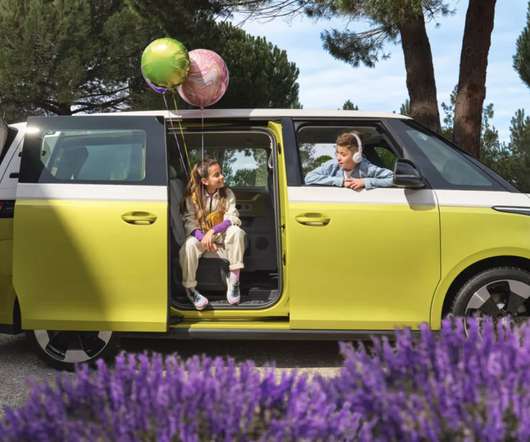BNEF: net-zero road transport by 2050 still possible, but big push needed
Green Car Congress
JUNE 2, 2022
Sales of internal combustion engine vehicles already peaked in 2017 and BNEF expects the global fleet of ICE passenger vehicles to start to decline in 2024. Electric vehicles are a powerful tool in reducing global CO2 emissions from the transport sector. Last ICE in 2038.













Let's personalize your content